Biliary System Anatomy And Physiology
Biliary system anatomy and physiology. The transportation of bile follows this sequence. When the liver cells secrete bile it is collected by a system of ducts that flow from the liver. A deep understanding of the anatomy and physiology of the biliary system and the enterohepatic circulation are necessary to address the impact of specific diseases and surgeries on the system.
When operating on the biliary tract thorough knowledge of this organ system is of critical importance. Within the liver canaliculi drain bile into interlobular ducts. Anatomy Physiology module provides a broad spectrum of adult male female and pediatric normal anatomy cases with varying body morphologies to maximize training efficacy.
Created by Raja NarayanWatch the next lesson. The intrahepatic elements begin with the bile canaliculi between the hepatocytes which lead into the canals of Herring at the edge of the liver lobules which drain into the bile ductules and ducts within the portal tracts. Its motility is controlled by neurohormonal mechanisms with the vagus and splanchnic nerves and the hormone cholecystokinin playing key roles.
The anatomy and embryology of the biliary tract are intimately associated with both the liver and the pancreas. Five percent is excreted in the stool leaving. The biliary system is a series of ducts within the liver gallbladder and pancreas that empty into the small intestine.
Chapter 8 THE LIVER AND BILIARY SYSTEM Introduction The liver is the largest internal organ in the body and accounts for 3 to 5 of total body weight. These converge further into lobar ducts that become known as hepatic ducts as they exit the liver parenchyma and form part of the extrahepatic biliary tract see Figures 95-1 and 95-2The number of hepatic ducts in dogs varies from two to eight. The biliary systems main function includes the following.
With an emphasis on biliary lipid metabolism that is regulated by nuclear receptors in the hepatobiliary system. About 95 percent of the bile acid pool is reabsorbed and returned via the portal venous system to the liver the so- called enterohepatic circulation. There are intrahepatic within the liver and extrahepatic outside of the liver components.
Never is this more apparent than when faced with aberrance and injury. The biliary tree is a series of gastrointestinal ducts allowing newly synthesised bile from the liver to be concentrated and stored in the gallbladder prior to release into the duodenum.
The biliary system is the part of the accessory digestive tract that is responsible for producing storing and transporting bile.
AMA Citation Chapter 10. Whereas functional lobular architecture and vascular and biliary conducting systems are similar the relative size and gross distribution of lobes differs. The anatomy and embryology of the biliary tract are intimately associated with both the liver and the pancreas. The chapter is meant to empower the surgeon with the necessary tools needed for optimal provision of care. It participates in almost all aspects of intermediary metabolism and is. Anatomy and physiology of biliary tree 1. The biliary tree is a series of gastrointestinal ducts allowing newly synthesised bile from the liver to be concentrated and stored in the gallbladder prior to release into the duodenum. To help in digestion with the controlled release of bile. Although it is anatomically part of the gastrointestinal tract physiologically it belongs to the entire body.
Anatomy Physiology module provides a broad spectrum of adult male female and pediatric normal anatomy cases with varying body morphologies to maximize training efficacy. Thus for a complete picture of the anatomy embryology and physiology of the biliary tract the reader is referred to corresponding chapters in the sections on the liver and pancreas. There are intrahepatic within the liver and extrahepatic outside of the liver components. Evans ANATOMY AND PHYSIOLOGY GENERAL CONSIDERATIONS IN BILIARY TREE PATHOPHYSIOLOGY BENIGN BILIARY DISEASE MALIGNANT BILIARY DISEASE METASTATIC AND OTHER TUMORS Anatomy And Physiology Biliary anatomy is extremely variable and precise knowledge of the normal and anatomic variants is. It includes the gallbladder and the intra- and extrahepatic biliary tree ie. With an emphasis on biliary lipid metabolism that is regulated by nuclear receptors in the hepatobiliary system. Anatomy Physiology module provides a broad spectrum of adult male female and pediatric normal anatomy cases with varying body morphologies to maximize training efficacy.
:max_bytes(150000):strip_icc()/GettyImages-930064116-83edb075ecfc48e0919dbd03b1235c63.jpg)
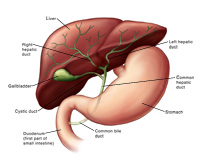





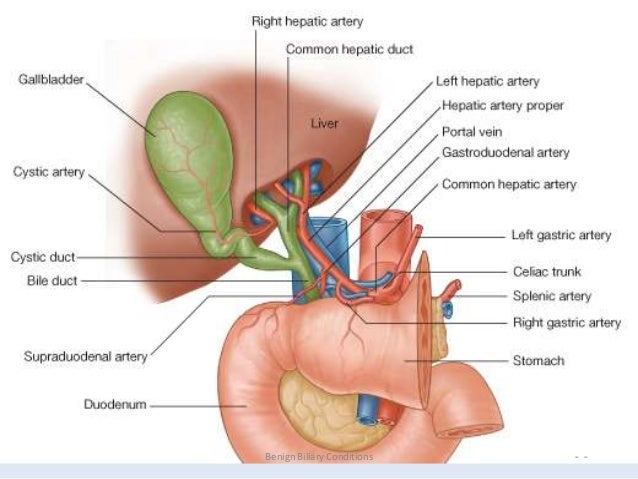

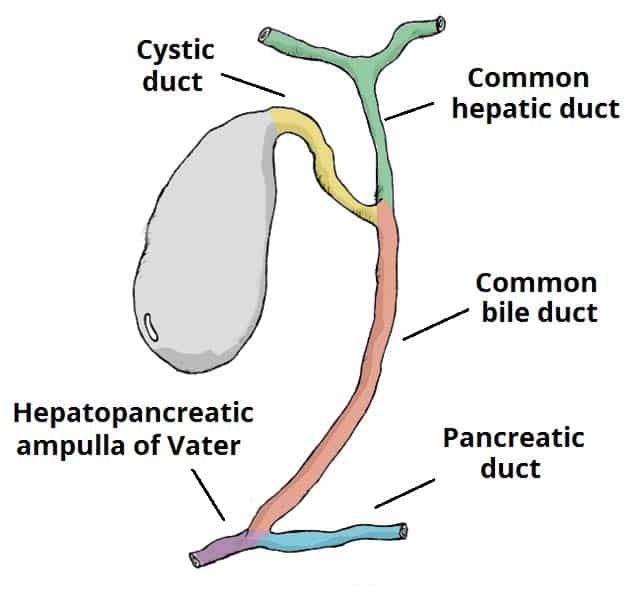

:background_color(FFFFFF):format(jpeg)/images/library/9158/the-gallbladder_english.jpg)



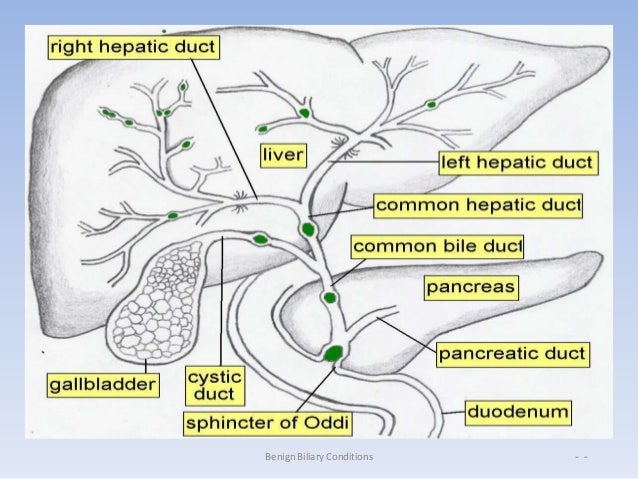

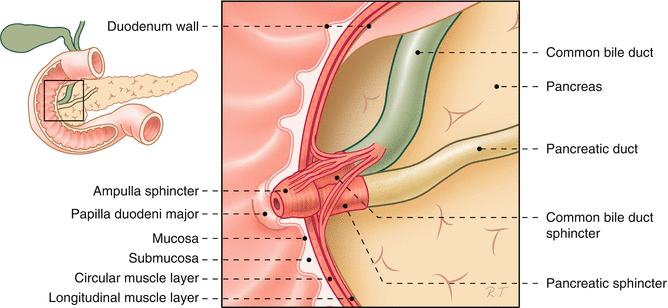
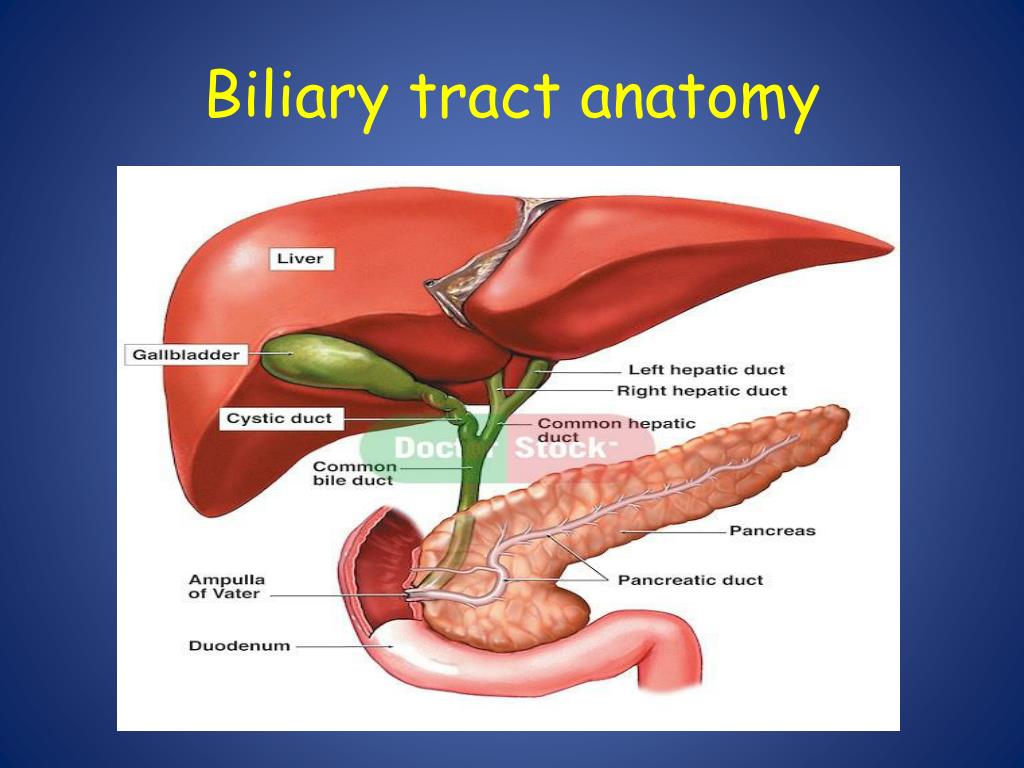

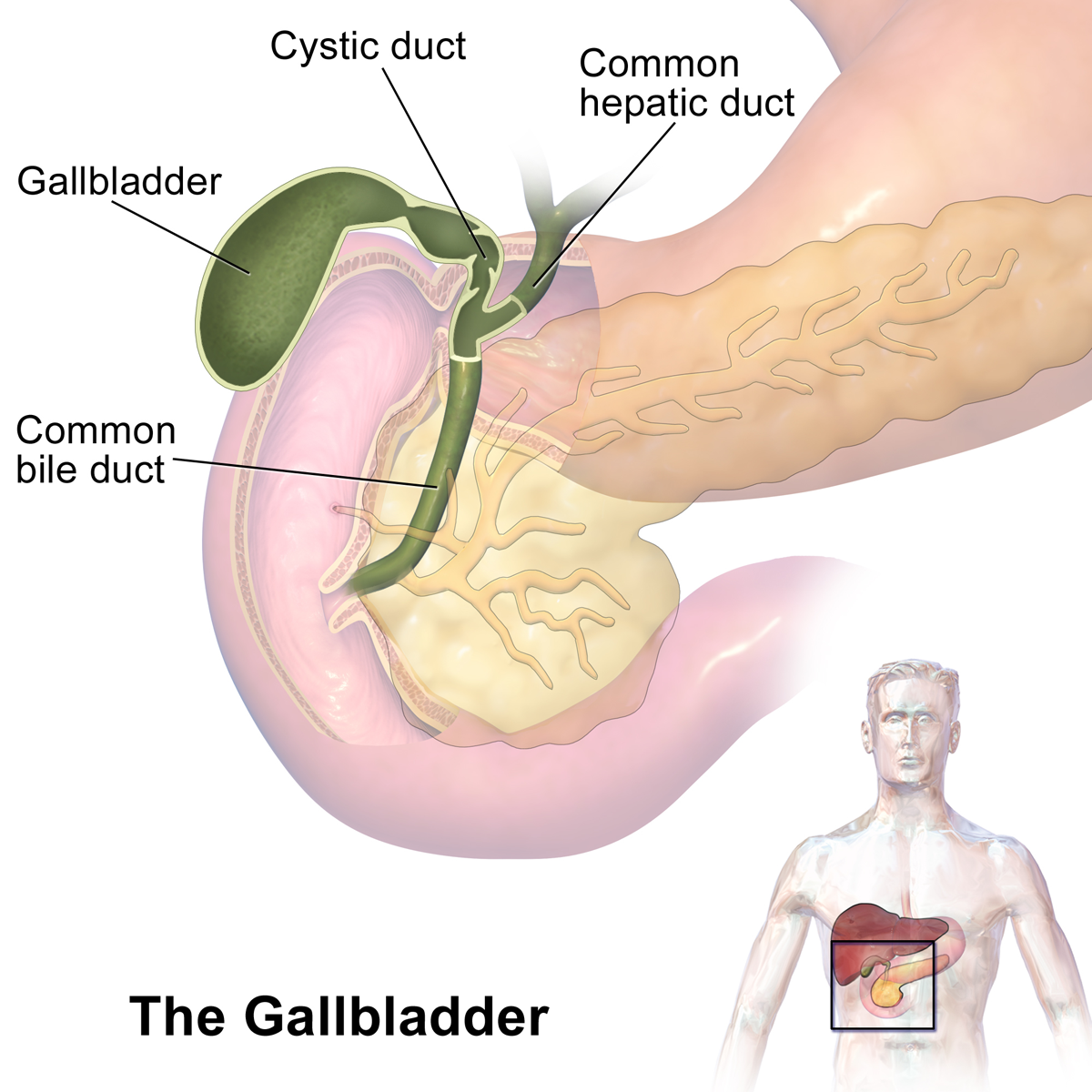

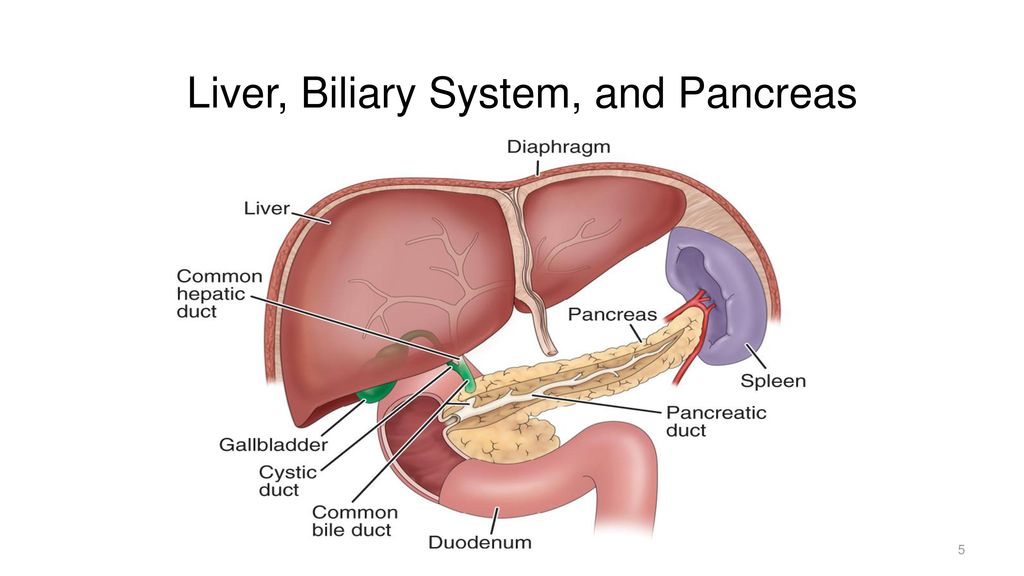

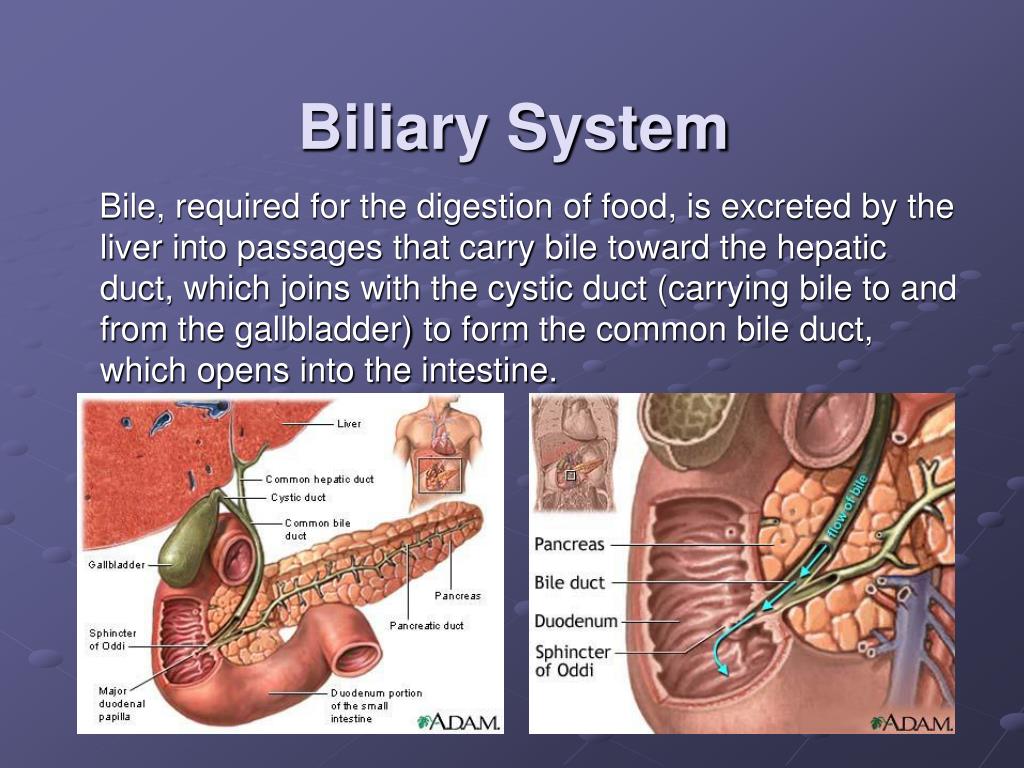



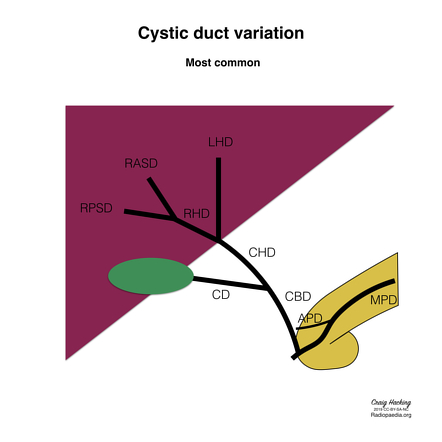


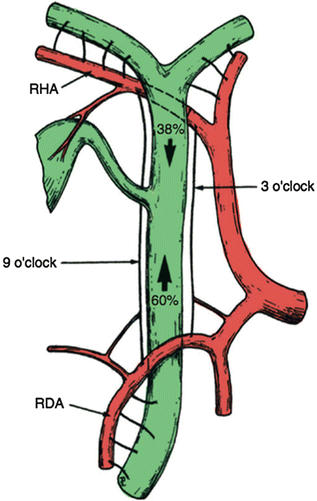

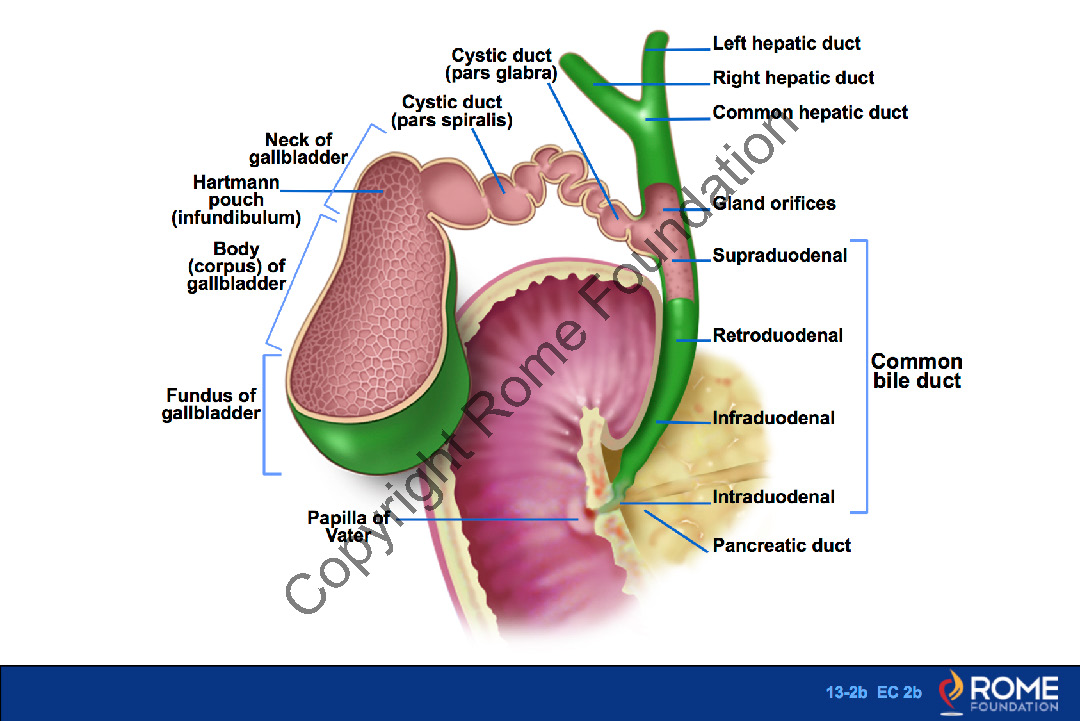
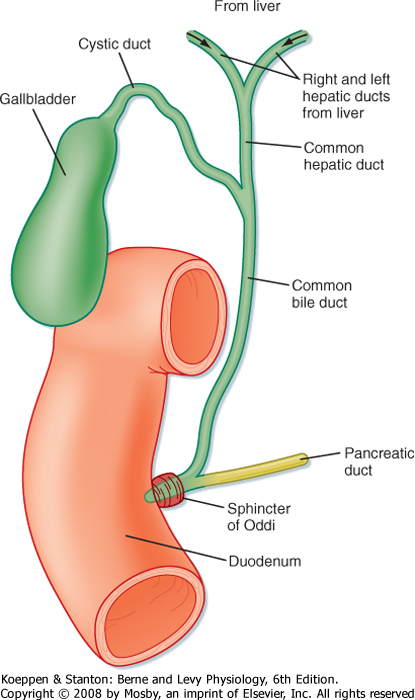



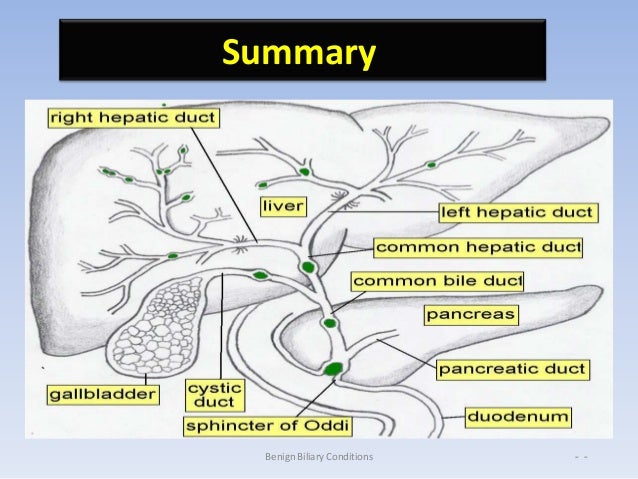





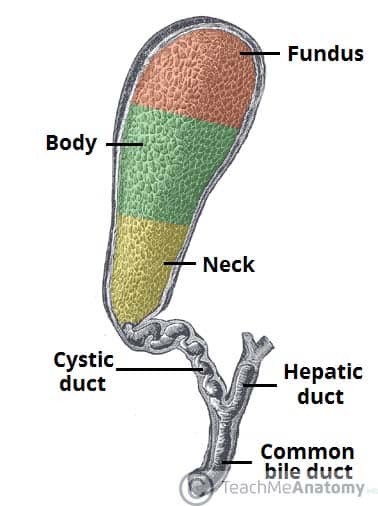
Post a Comment for "Biliary System Anatomy And Physiology"